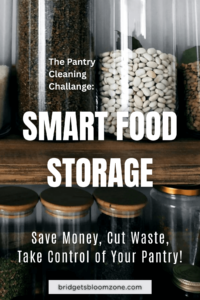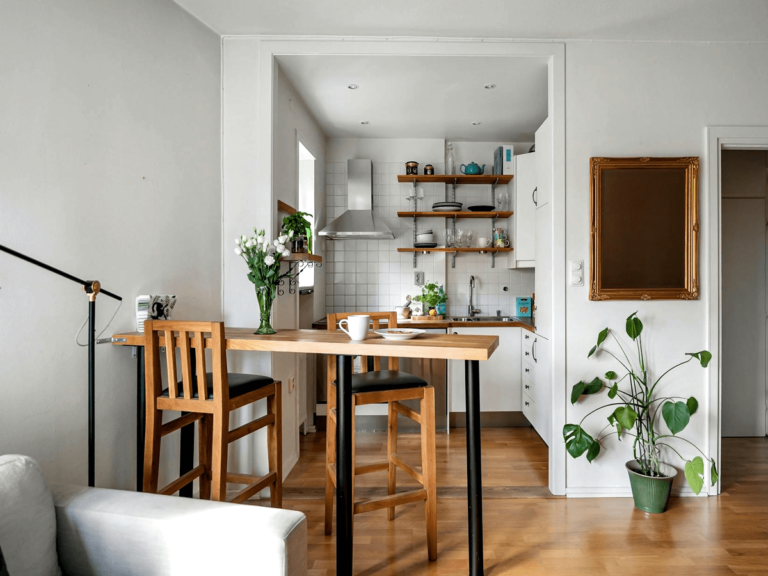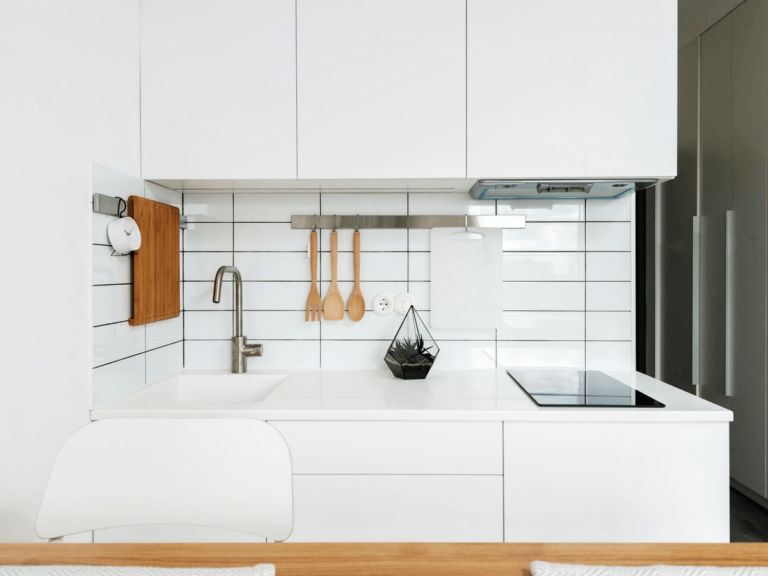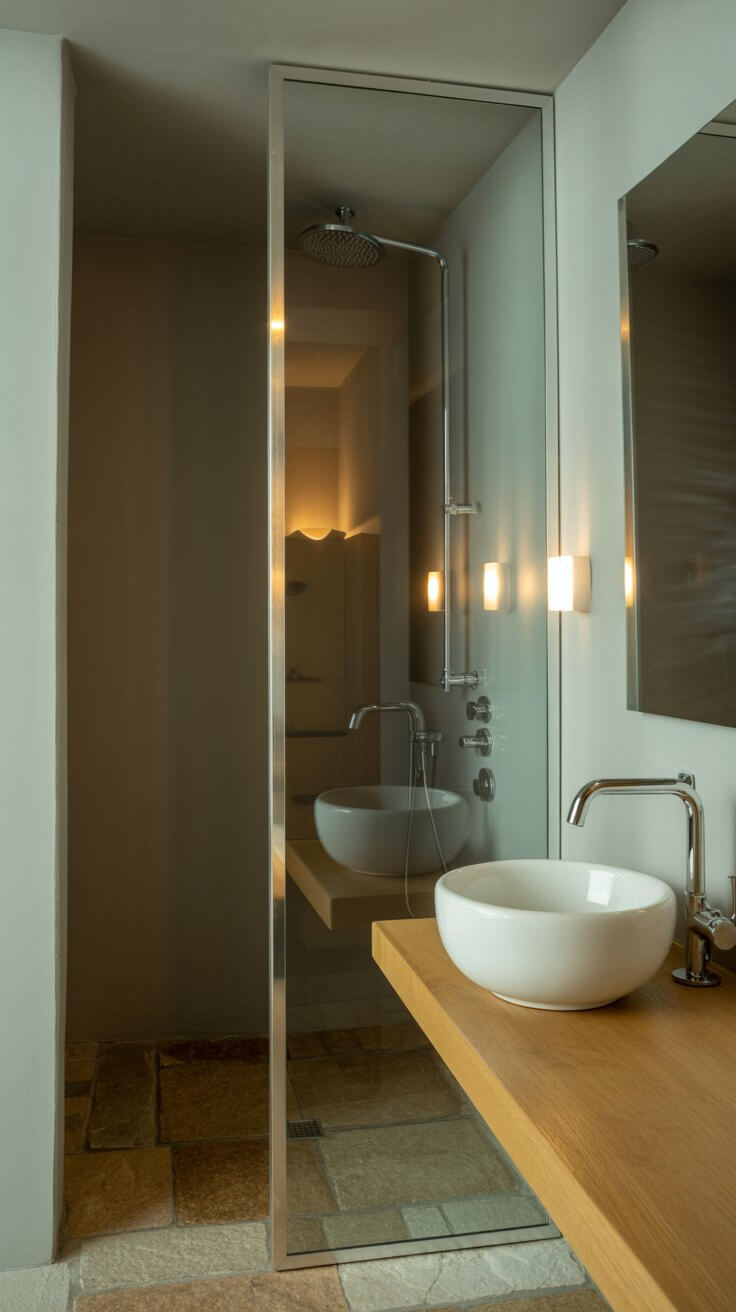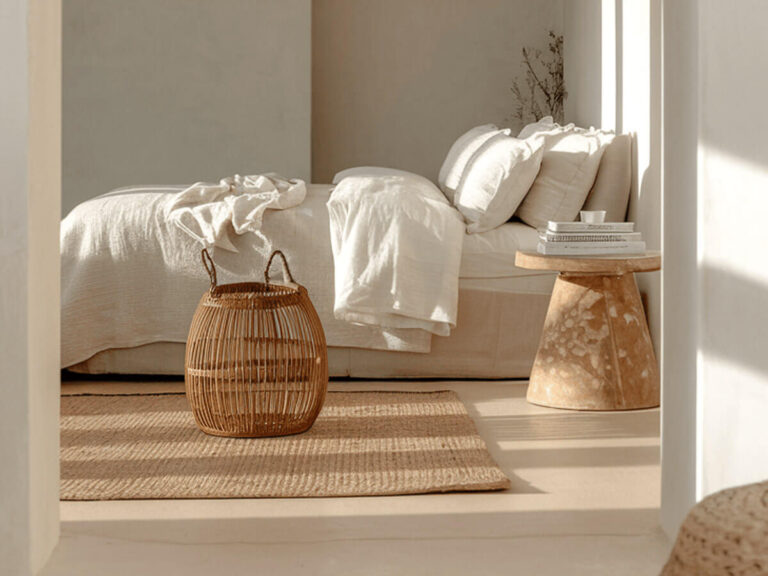Smart Food Storage: Save Money, Cut Waste, Take Control of Your Pantry Today!
Food Storage – How I Met the “Pantry Cleaning Challange”
First, I heard this expression in January, one of the Instagram mommies shared her beautifully organized pantry and food storage… and how she started to clean up “the ruins” in her kitchen and food storage after Christmas. Back then I just took notice—“Pantry cleaning? What an interesting idea!”
But a month later we just ran out of money, so I was forced to give it a try. (I bought a flat without seeing it first—that’s another story!) It was just the beginning of the month, so we didn’t have much until the next salary, which was almost a month later. The best option to avoid spending money was simple: eat what we had at home and to not go shopping.
First I thought we were going to starve. But then I realized, we were just storing our food in a completely unorganized way, so the food supplies were quite surprising – and shocking. So, I decided it was time to completely revamp this part of our lives and living space! Because of that reason I started the Pantry Cleaning Challenge in February. In this article, I’ll share my experiences and the lessons I learned over the past month.
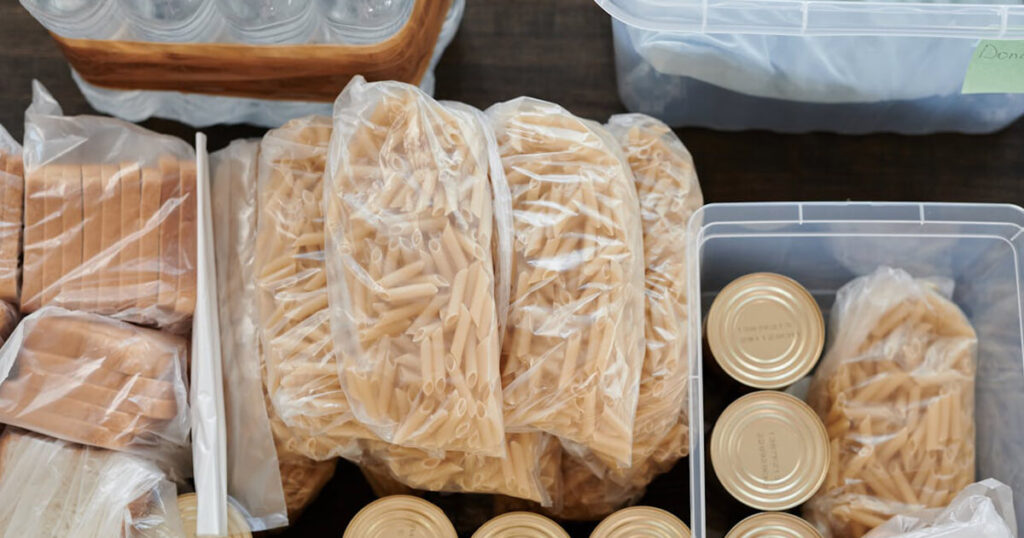
1. How to Identify Your Food Storage Habits and Build a Custom System
In our rented flat, there is no pantry. We store everything in the kitchen, but since the kitchen cabinets are quite small, food, cookware, and other items (like the first aid kit) ended up scattered across different cupboards, shelves, and pieces of furniture—wherever they could fit. We even kept some items in the fridge that didn’t actually need refrigeration.
I had a huge stock of some items, while others had been on my restocking list for weeks. This led to shopping habits that weren’t very intentional. As a result, I went to the store with a list, somehow, I always ended up forgetting something.
In short: chaos!
My first realizations led to action—and the start of my pantry cleaning journey.
The First Step in Reforming a Food Storage System is Always to Reflect on The Following:
- How often do you cook at home?
- What kinds of foods do you usually eat and enjoy?
- How often do you go grocery shopping—or how often would you like to?
- Do you have any seasonal or recurring habits—like canning, holiday dinners, or baking traditions?
- How much food stock would you like to keep at home?
- How many pots, pans, and dishes do you own, and how often do you actually use them?
- What small kitchen appliances do you have, and how frequently do you use them?
- Are there other things that you think should also be stored in the kitchen or pantry (e.g., cleaning supplies, first aid kit, shopping baskets, recycling bins, etc.)?
The Second Step is to Assess The Food Storage Spaces Available in Your Home:
- How much space do you have to store everything?
- How many cabinets and shelves do you have?
- How much extra storage space would you like to have?
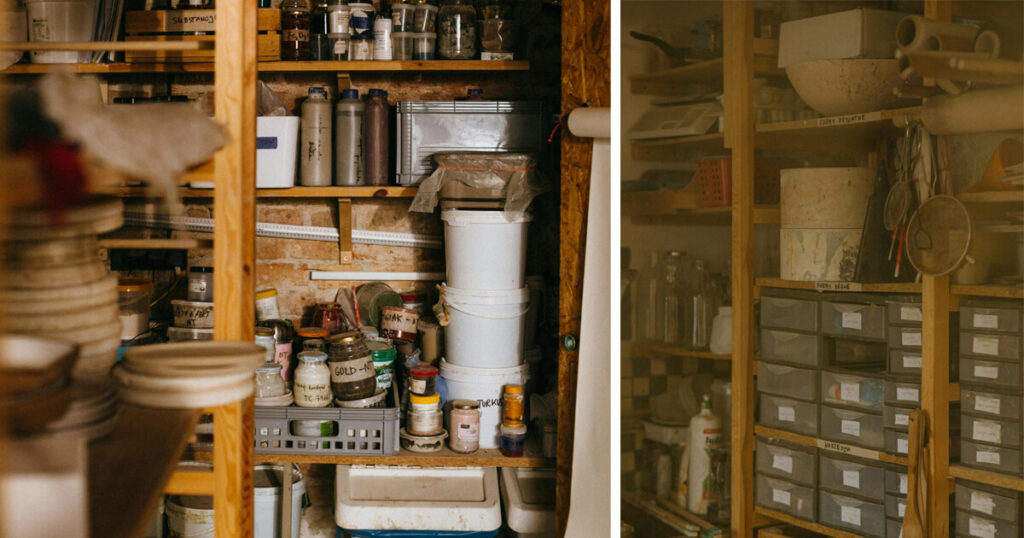
How I Did It: Our Eating and Shopping Habits
The system starts taking shape after this. I had already organized my categories in my mind and had a rough idea of where each group would go.
I started by going back to square one—I took everything out, cleaned thoroughly, and started fresh. Since I didn’t want to buy extra storage containers, I tried to arrange things so that each category fit naturally into a designated space, like a drawer or a specific shelf.
Here’s the base of my system:
- We eat a lot of fresh vegetables and fruits.
- We almost always cook at home, so we keep a wide variety of dry and refrigerated ingredients.
- I prefer not to go shopping often—ideally, once a week.
- We have a garden, so seasonally, the kitchen sometimes experiences a higher workload.
- For pantry staples, I only like to store foods that keep well, such as legumes, grains, and pasta. I also like to keep some of our preserved summer produce within easy reach.
- We have very few pots and pans.
- Our kitchen appliances include an immersion blender, a coffee maker, and a toaster.
- In addition, we keep the first aid kit, my shopping baskets, vases, and my fiancé’s collection of fine wines and champagne in the kitchen.
- We have a small trash bin on the countertop, which we empty several times a day into a larger bin in the entryway. Our recycling bins are also in the entryway.
Our kitchen:
- A small kitchen cabinet (120 cm long)
- A display cabinet (150 cm long, 95 cm high)
- A total of 1.5 meters of shelving
- A small drawer chest
I aim to keep 20% of the space empty, but honestly, I’d be happy if everything just fits neatly.
2. Food Storage Organization Tips: How to Declutter and Maximize Kitchen Space
You’ll be in a much better position if you have a pantry – you’ll have everything in one place.
Once you’ve tackled the first two points, there’s just one thing left to do:
Examine How to Combine the First Two Things.
- How to create categories for food and other items?
- How would you like to store your pantry staples?
- Where would you place these groups so they are easy to access and well-organized?
- After shopping, what’s the quickest and easiest way to put everything in its place?
My System of Pantry Organization – My solution, My categories:
All cookware, dinnerware, cutlery, and kitchen towel backups fit into the display cabinet.
On top of the display cabinet: fresh fruits, bread, and the coffee station.
All dry foods fit into the drawer chest:
- 1st drawer: legumes, grains, pasta, and flours.
- 2nd drawer: preserves, tomato sauces, and other canned goods.
- 3rd drawer: miscellaneous items like the first aid kit and sweets.
- On top of the drawer chest: everything temporary, and my baskets.
Wines and glasses go on the shelves.
In the kitchen cabinet:
- The bottom section holds cleaning products. On the other side, we store storage containers, empty jars, water bottles, etc.
- The upper shelves store everything else needed for cooking: oils, sauces, and spices.
All vegetables are kept in the fridge.
Everything has a backup, neatly stored in its designated category.
Since everyone lives a little differently, the same system won’t work for everyone. However, creating a system definitely can. The key is to establish it, use it, and once a year, evaluate how it’s working. And if necessary, adjust it to better fit your habits—after all, those change over time too. I have a collection of ideas for the beautiful food storage I’d love to have one day, but for now, let’s cook with what we’ve got. 😉
3. Adopt a Low-Waste Approach to Your Pantry, Shop Mindfully
Once you’ve reflected on your habits and set up an organizational system, you’ve taken a big step toward a more sustainable kitchen. How? By taking inventory of your supplies and organizing them in a clear, accessible way, you now know exactly what you have at home.
Before anything expires, you can use it up because you won’t forget about it, unlike items that might get pushed to the back of a hidden pantry shelf. While this may be a different approach and still far from zero waste, maintaining a well-kept system will definitely reduce your waste.
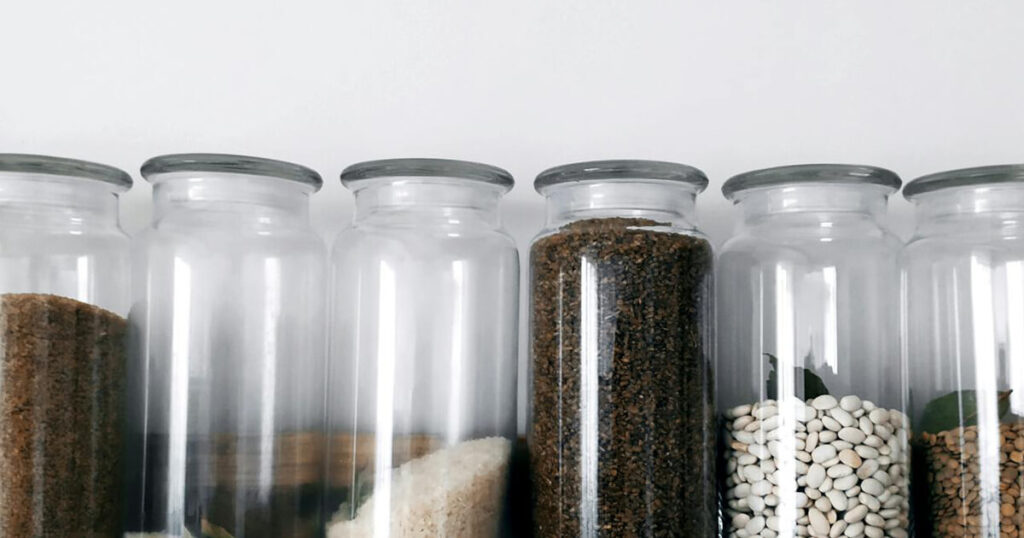
5 Reasons, Why Efficient Food Storage Matters: 5 Key Reasons
- Reduces Food Waste – Planning and organizing your pantry helps you use up ingredients before they expire, preventing unnecessary waste.
- Saves Money – By consuming what you already have and avoiding impulse buys, you spend less on groceries.
- Encourages Sustainable Shopping – Buying in bulk, choosing package-free items, and storing food properly reduces plastic waste and lowers your environmental footprint.
- Maximizes Storage Space – A well-organized pantry means less clutter, making it easier to find and use ingredients efficiently.
- Promotes Healthier Eating – When you focus on mindful consumption, you’re more likely to cook at home, use fresh ingredients, and avoid processed foods.
4. Food Inventory Management: How to Track Your Pantry and Avoid Waste
As you progress with organizing and your system begins to solidify, you’ll eventually reach the question of inventory management.
Keeping track of your pantry inventory helps you avoid unnecessary purchases and ensures you always know what ingredients you have on hand. Keeping an inventory isn’t just about being organized; it’s a total game-changer that saves you money, reduces food waste, and makes meal planning effortless. Imagine always knowing exactly what you have, using up everything before it expires, and never again standing in the grocery store wondering, “Do I already have this at home?”
You can track your inventory in a way that works for YOU. Love tech? Apps like Pantry Check or Out of Milk make it easy to scan barcodes, set expiration reminders, and sync lists across devices. Prefer good old pen and paper? A simple notebook, bullet journal, or even a whiteboard on your fridge can be just as effective. Writing things down manually also encourages mindfulness about what you consume.
To keep your inventory up to date, set a habit of doing a quick check every week—before grocery shopping or meal planning.
Here’s my challenge for you: take 10 minutes today to do a quick pantry check. Write down what you have, toss anything expired, and make a note of what needs to be used up soon. Do this once a week—maybe right before grocery shopping—and you’ll never again let food go to waste. Ready to take control of your kitchen?
My Inventory Management
I have a super long shopping list on my iPhone, broken down into categories. Everything I already have at home is checked off, and if something runs out, I simply uncheck it, so it jumps to the top of the list. These are the staple items, like rice, lentils, and salt. The first category on the list is “current” items to buy, which change seasonally: for example, vegetables and fruits, Christmas shopping items, or ingredients needed for the weekly menu.
If you would not know: I love lists! For me it is the simpliest tool to act fast. I have many lists, I think I will share here my shopping list. But until then here you can see another topic, how I pack for travelling anywhere lighteight.
5. Take Control of Your Pantry: Final thoughts about Organizing
Firstly, and most importantly we went more than two weeks without buying groceries! However, by the end, we missed fresh vegetables – so that’s actually what brought this adventure to an end. I’m grateful to my past self from the summer and fall for preserving so many things for the winter: tomato sauces, stews, and lots of pickles (by the way, this is my hobby). Secondly, we managed to create a pretty varied and delicious menu.
Moreover, one lesson I learned was a bit self-reflective. I’ve always admired beautifully organized pantries, with sleek glass storage containers neatly arranged on stylish shelves. At the moment, I’m not living in those ideal conditions, so I didn’t start with anything grand—everything just came together as it went.
But one of my proudest moments was realizing that even without perfect conditions, I was still able to create a food storage system that makes our lives a little easier. Not to mention, this approach can be applied to any storage space in your flat. I have always lived in tiny apartements, and I have some experience about how to maximize space.
One thing I can tell you: start today! Don’t be afraid to experiment. Even small steps can lead to huge changes in reducing waste and cutting down on your expenses.
And if you would like to extend your knowledge about small kitchens, read my post about my small kitchen ideas!
Ready to tackle your pantry organization challenge? Begin now, take control of your space, and see how it transforms your kitchen (and your shopping habits). Share your progress with us and let’s inspire each other!
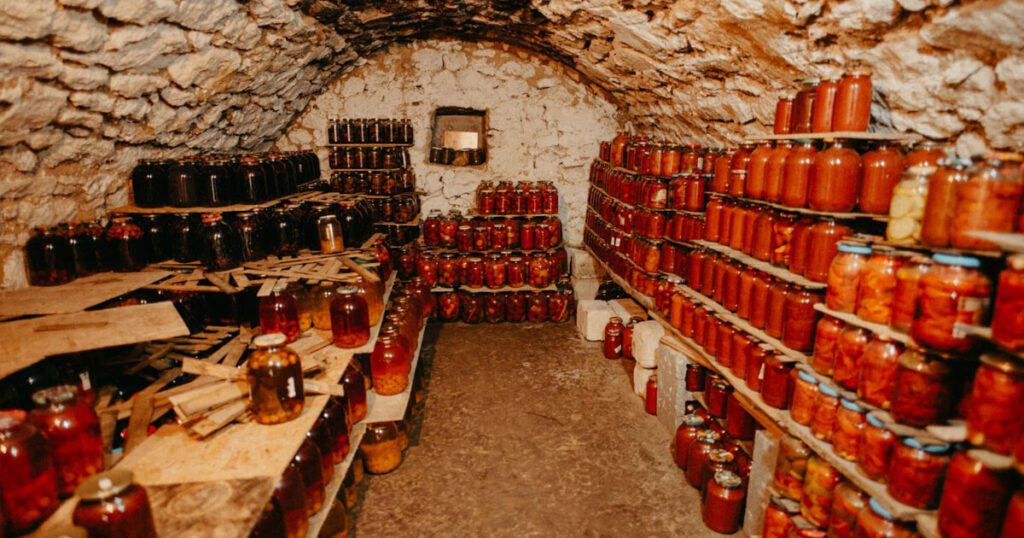
Pin it for later:
